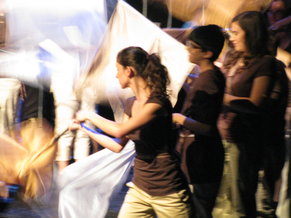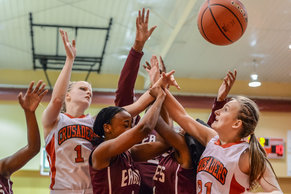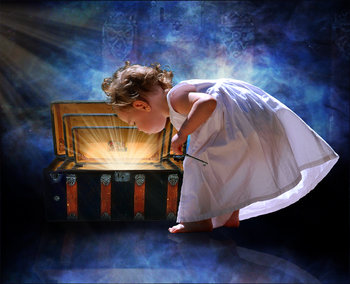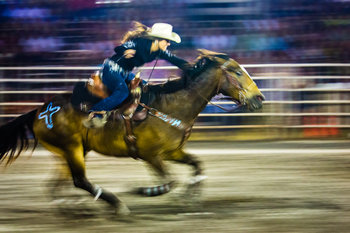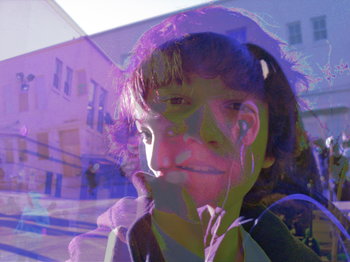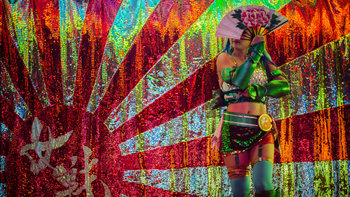|
| |
Things are tangible, non-living entities that aren't too big. Tangible refers to something with a physical presence such that you can touch it. Things are also non-living such that any form of life including people, animals, insects and microorganisms aren't things. The third criteria is that things aren't too large. For example, you wouldn't typically call a planet or a bridge a thing. The following are common examples of things.
Bags | Bathtubs | Blankets | Boats | Books | Boxes | Cameras | Chairs | Clocks | Clothing | Combs | Computers | Cosmetics | Desks | Diamonds | Flashlights | Furniture | Garbage | Gems | Glasses | Globes | Gold | Hangers | Hats | Home Appliances | Lightbulbs | Napkins | Paper | Pencils | Pens | Phones | Robots | Rocks | Rulers | Satellites | Shoes | Sinks | Skis | Soap | Sporting Goods | Staplers | Surfboards | Tables | Tea | Tools | Toothbrushes | Towels | Umbrellas | Watches | |
People, Places and ThingsIt is common for dated English materials to ask students to sort nouns, including animals into the categories "people, places and things" whereby animals are "things." This relates to 19th century English whereby it was previously more common to refer to animals such as a dog as a thing. This is increasingly rare in modern English such that this categorization has been updated to "people, places, things and animals."CounterexamplesThe following are specifically not things.Animals | Gases | Insects | Intangible entities such as an emotion | Large entities such as a planet | Liquids | Microorganisms | Plants |
|
Type | | Definition (1) | Tangible, solid, non-living entities that aren't too big. | Definition (2) | An inanimate physical object as distinct from a living being. | Definition (3) | Non-specific intangible entities such as the atmosphere in a room. | Exceptions | Confusingly, the word thing is commonly used as informal synonym of "entity." In this context, anything can be a thing. | Related Concepts | |
Things
This is the complete list of articles we have written about things.
If you enjoyed this page, please consider bookmarking Simplicable.
An overview of matter with examples.
A list of rural things.
A list of material things with an overview of materialism and minimalism.
A list of old things.
A list of personal things.
TrendingThe most popular articles on Simplicable in the past day.
Site Map
© 2010-2023 Simplicable. All Rights Reserved. Reproduction of materials found on this site, in any form, without explicit permission is prohibited.
View credits & copyrights or citation information for this page.
|



